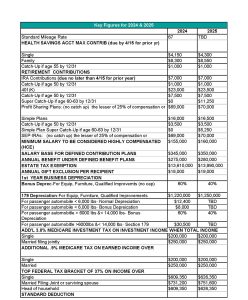
Self-Rental Rule
Many business owners that own operating businesses also own the office building or commercial building used in the business. The operating business is owned by the individual(s) through one entity, then the real estate is owned by the same individual(s) through a separate entity. The operating business pays rental expense to the real estate holding entity. This creates a self-rental situation under the Internal Revenue Code. Often these business owners also invest in other rental real estate properties in an attempt to diversify their investment holdings and benefit from a rising real estate market. Rental activities are automatically treated as passive activities, with some exceptions, notably the self-rental rule.
The self-rental rule prevents taxpayers from being able to “create” passive income from an active business in which tangible property is used by renting the property to an entity conducting the activity, or by causing the entity holding the property to rent it to the taxpayer. Income from a self-rental is treated as nonpassive, while loss is treated as passive. Therefore, a taxpayer must pay special attention to the rental rate charged between their active business and their rental properties. If the rent charged is too low and produces a rental loss, the resulting loss becomes passive and may be suspended if the taxpayer otherwise has no other passive income with which to offset. One interesting aspect of the self-rental rule is that it recharacterizes the rental income from an item of property, rather than from an activity. This is an important distinction even where the taxpayer may have made a grouping election to treat all rental real estate interests as one activity.
The grouping election is only effective for purposes of determining whether a taxpayer materially participates in rental activities. Therefore, a taxpayer may have grouped rental activities for material participation reasons, but may also be subject to the self-rental rule for the rental of separate real estate properties to their active trade or business. One property rental may result in income, while the other results in loss. Each would be treated separately; the rental income as nonpassive, while the rental loss as passive. If these were the only two property rentals owned by the taxpayer or their holding entity, the loss from one cannot offset the income from the other.
Careful planning should be done to ensure the overall result is what’s expected for the taxpayer and results in the best outcome for their personal tax situation. Make sure you contact, Pam Bustos, your Real Estate Advisor today for more information at 949.829.8299.




